Weathering the Frost: The VDP Answers Catastrophe with Solidarity
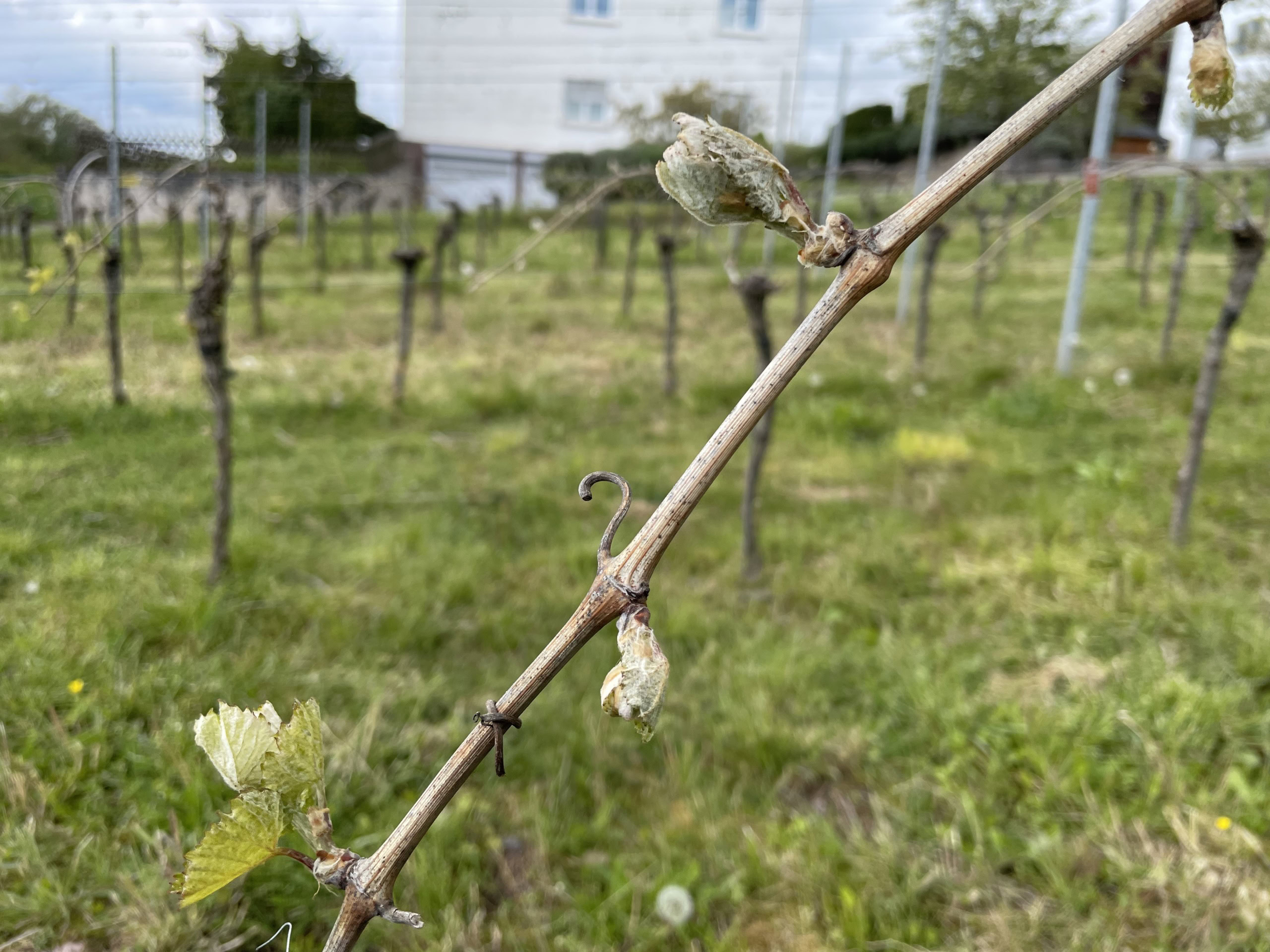
Berries without borders for some member estates in 2024?

Berries without borders for some member estates in 2024?
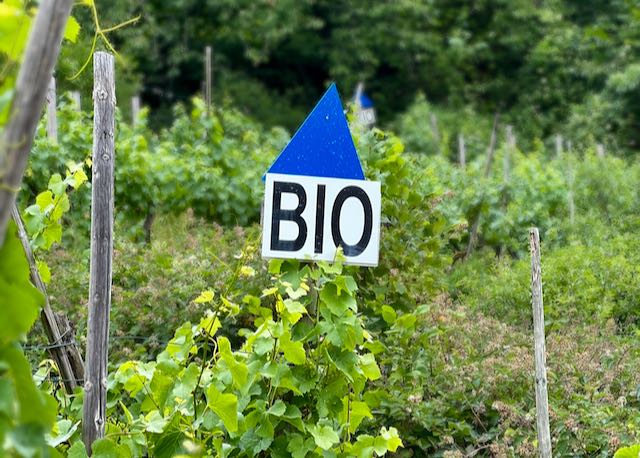
How catastrophe proved a catalyst for change, and helped Germany’s Pinot paradise find a new way to farm.
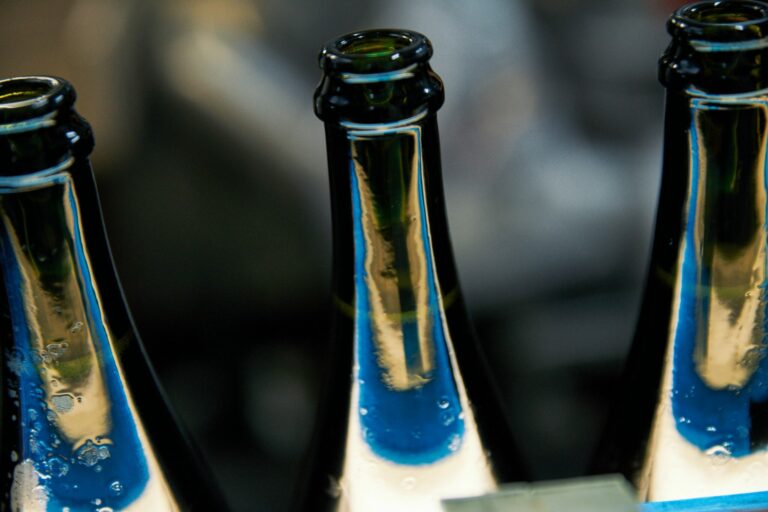
Sekt embodies free spirit, hedonism, even — in its blatant disregard for rules — punk. The limitless maximization of lust for life and the unadulterated joy of the sensual assume the spotlight, while ethics and morals are asked to exit stage left. Whether it’s to christen a ship, toast a victory, or celebrate a birthday in the office (back when we did things like this), bubbles embrace the sparkling side of everyday life. A flash of glam on an otherwise wretched Tuesday afternoon. Sekt is bound to nothing and to no one, neither to food nor occasion. And that’s why…...

Liora Levi, high-profile sommelier, television personality, and president of ASI Norwegian Sommelier Association, came late to wine. In its own odd way, that only bolsters her bona fides as a daughter of the north. The countries to the north of the umlaut region can generally be viewed as latecomers to the joys of wine, and white wine in particular. But times change, and opinion makers like Levi have now helped the Nordics become prime drivers of the Riesling Revolution. It is a boom time for whites under the northern lights. As Levi explains in an interview with TRINK, the delayed…...
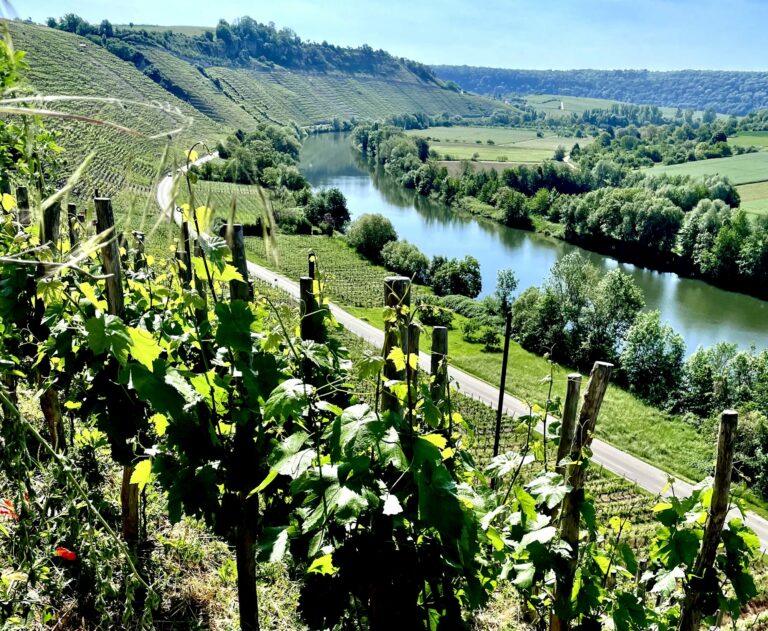
What do you do when you have world-class Riesling terroirs — including some of Germany’s highest, coolest vineyards, extraordinary old vines and massale selections, and a growing cadre of hyper-talented producers who bring imagination and dedication to it all — but the world still thinks of you as a place for, well, something else? This is the predicament of Württemberg’s growers. Over the past decade, they’ve made a strong argument that Riesling should be front and center when we consider the wines of this southwestern German region. Although not everyone believes a narrowed focus benefits Württemberg’s identity (the region’s top…...
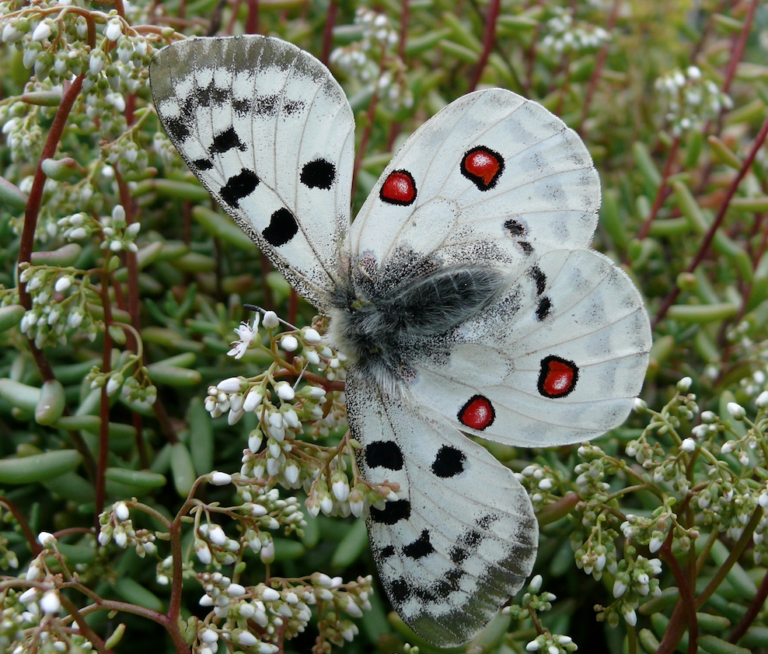
The future of the Mosel Apollo butterfly and its habitat of the Mosel terraces are endangered. Can a solution be found that allows both to continue to coexist?
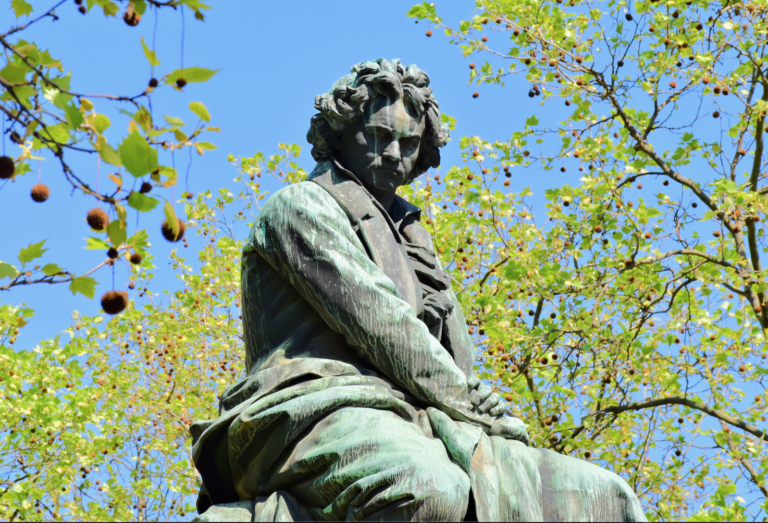
On the dark morning of March 26, 1827, a heavy snowstorm was falling outside the fogged window panes of Ludwig van Beethoven’s Vienna apartment. Everything was unusually quiet in this space, so customarily filled with music. Beethoven’s house servant walked into the room to announce that a long-awaited shipment of Rheingau Rieslings, wines sent at his behest by his music publisher Schott, had just arrived. Barely able to muster the energy, the composer sat up in his bed, shook his fist in anger, and muttered these very last words: “Pity, pity, it’s too late…” He sank back into his bed,…...
Enjoy unlimited access to TRINK! | Subscribe Today